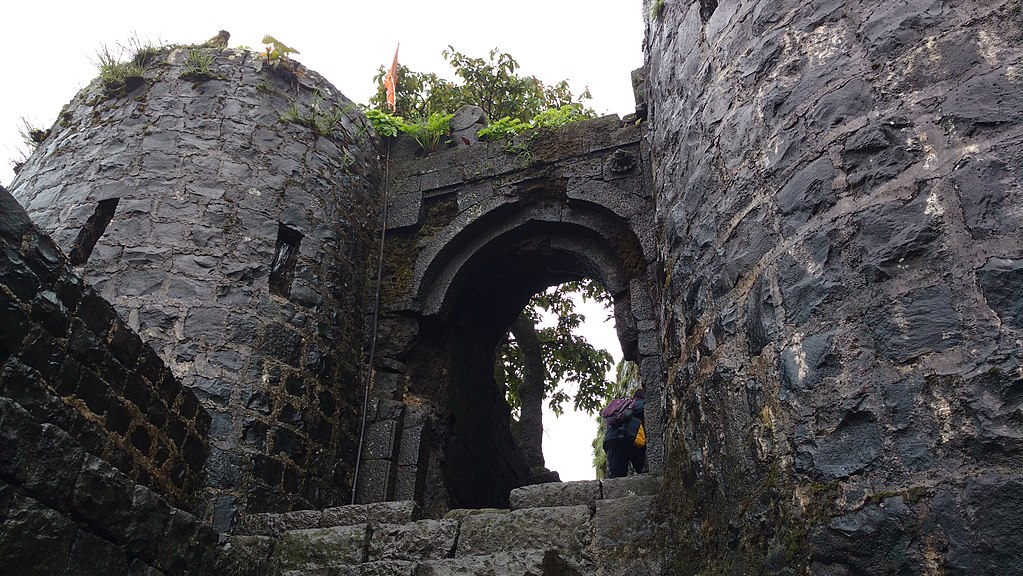Nestled amidst the rugged terrain of the Sahyadri Mountains in Maharashtra, Tikona Fort stands as a testament to history, adventure, and panoramic vistas. This remarkable fort, known for its unique pyramid-like shape, has become a beloved destination for trekkers, history enthusiasts, and those seeking a thrilling escape into nature’s embrace.
History of Tikona Fort:
The history of Tikona Fort is traced back to the 17th century when it was built by the Mughals. Later, it fell under the Maratha rule, becoming a vital fortification guarding the trade routes. The name “Tikona” is derived from its triangular shape.
Architecture and Structures:
Tikona Fort’s architecture is distinctive, characterized by its triangular layout. The fort features robust stone walls, bastions, a citadel, and several water tanks. Its hilltop location offers commanding views of the surrounding landscape, making it strategically significant.
Cultural and Historical Significance:
Beyond its historical value, Tikona Fort is a place where history blends seamlessly with nature. The fort houses a temple dedicated to Trimbakeshwar Mahadev, reflecting the region’s spiritual heritage. The trek to the fort, often through verdant forests, adds to its allure.
Visitor Information:
Reaching Tikona Fort is relatively easy, with the base village of Tikona Peth serving as the starting point for the trek. The fort is open year-round, and trekkers need to pay a nominal entry fee to access it.
Best Time to Visit:
The best time to embark on the Tikona Fort trek is during the post-monsoon and winter months, from October to March. The cool, pleasant weather and lush greenery enhance the trekking experience.
Nearby Attractions:
The Tikona region offers several attractions for outdoor enthusiasts. The nearby Tung Fort and Pawna Lake are popular destinations for trekkers and campers. The region also abounds in opportunities for paragliding and other adventure activities.
FAQs (Frequently Asked Questions):
1. How can I reach Tikona Fort from Pune?
Tikona Fort is approximately a 2-3 hour drive from Pune. The base village of Tikona Peth serves as the starting point for the trek.
2. Is there an entry fee to visit Tikona Fort?
Yes, there is a nominal entry fee for trekkers to access Tikona Fort. This fee contributes to its maintenance and preservation.
3. Is Tikona Fort trek suitable for beginners?
Yes, the Tikona Fort trek is considered moderate and is suitable for beginners. The well-marked trail and breathtaking views make it a rewarding experience.
4. Are guided treks available for Tikona Fort?
Yes, guided treks are available, and many local trekking groups offer organized trips to Tikona Fort. Guides provide insights into its history and significance.
5. What are the must-carry items for the Tikona Fort trek?
Essential items include comfortable trekking shoes, water, a backpack, sun protection, and a camera to capture the scenic beauty.
Conclusion:
Tikona Fort beckons you to explore its historical legacy and natural beauty. It’s more than just a fort; it’s an expedition that traverses time and terrain. As you ascend its slopes, traverse its winding paths, and stand atop its triangular pinnacle, you are not just visiting a fort; you are embarking on a trekking adventure that promises history, culture, and the untamed beauty of the Sahyadris.
Featured Image – https://en.wikipedia.org/
